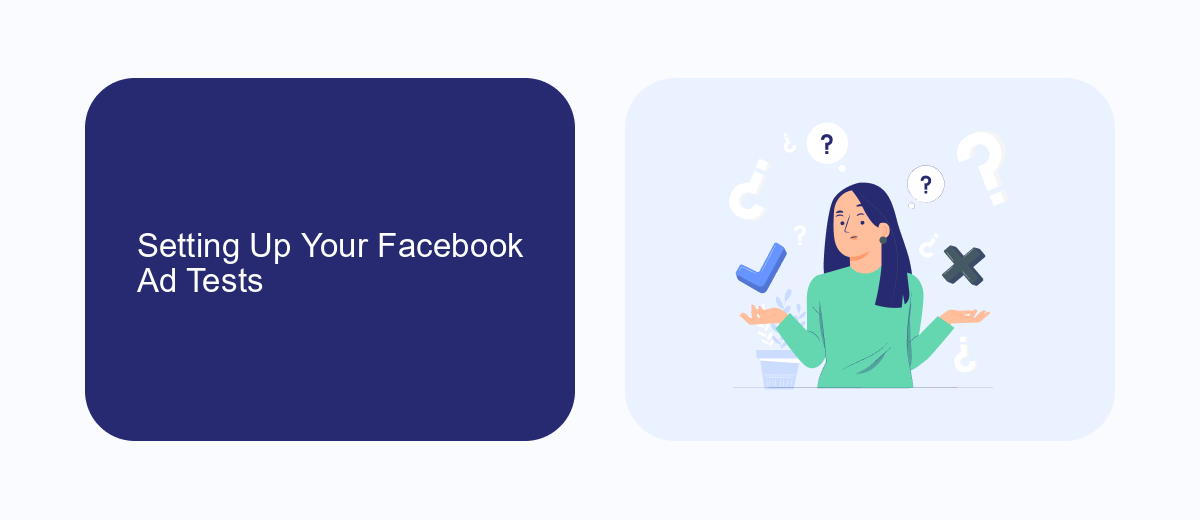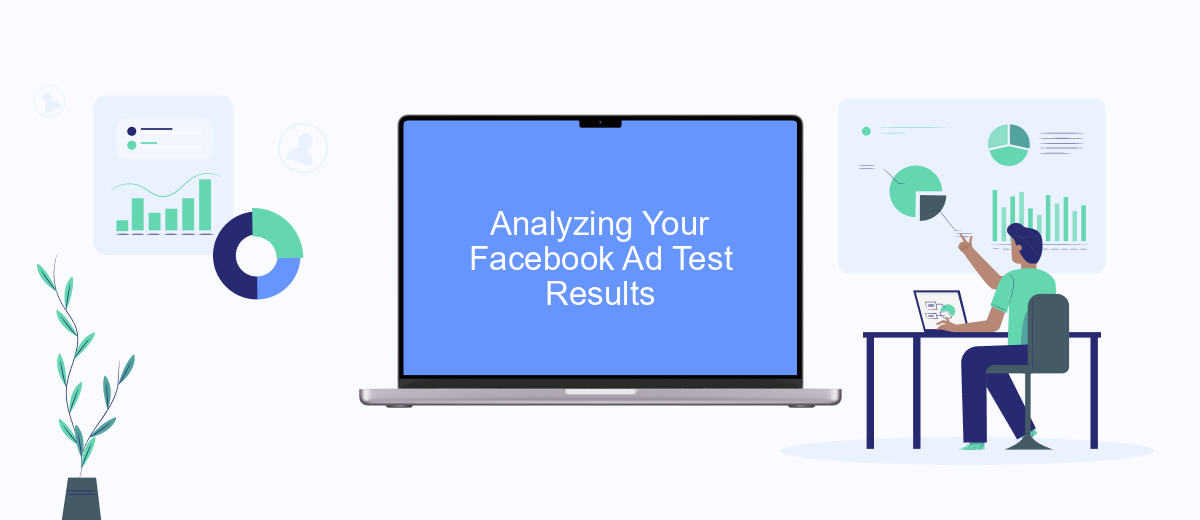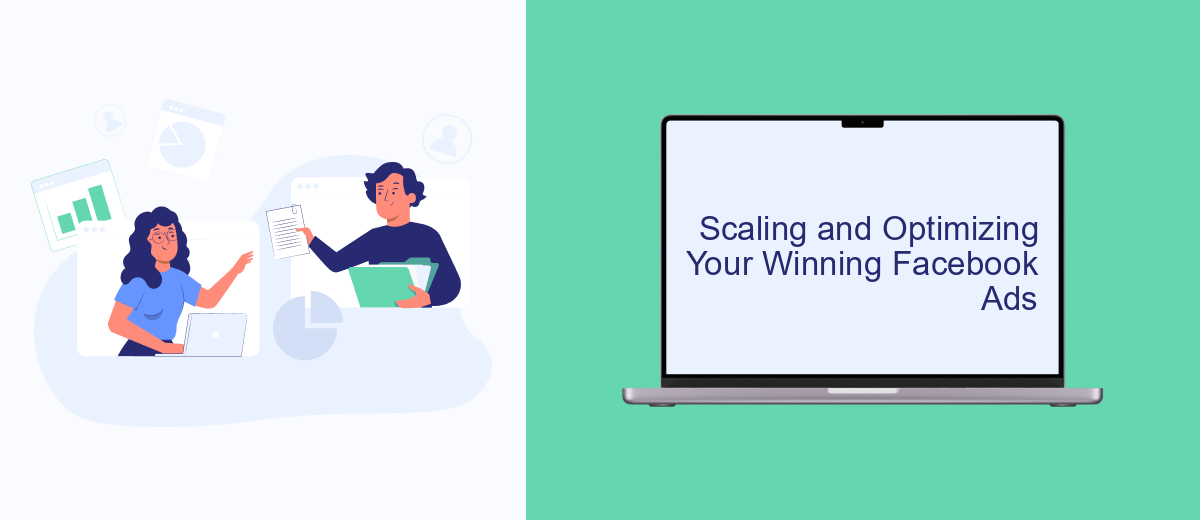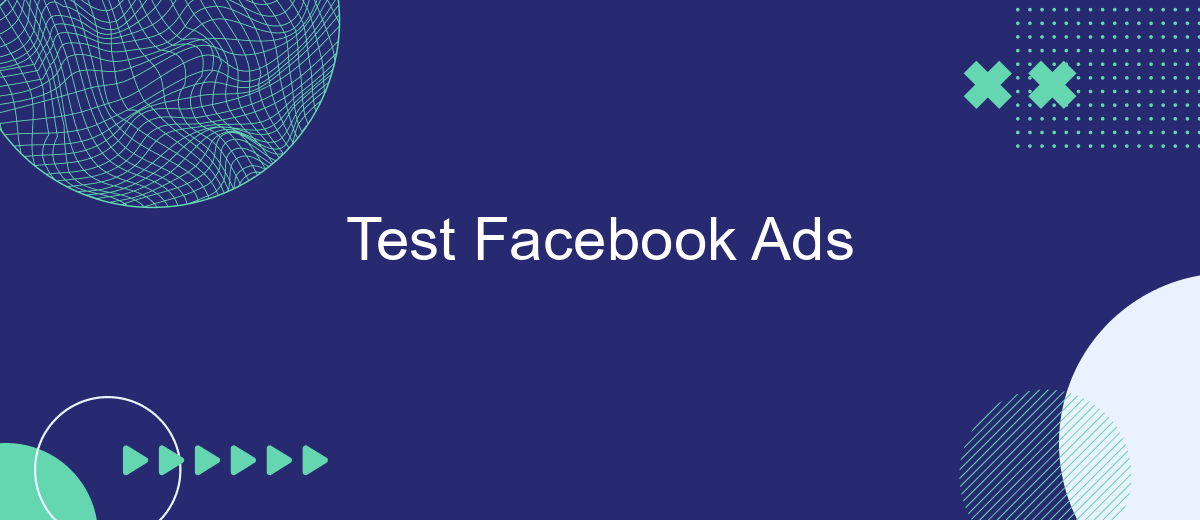In the ever-evolving landscape of digital marketing, Facebook Ads remain a powerful tool for businesses looking to expand their reach and engage with targeted audiences. This article delves into effective strategies for testing Facebook Ads, offering insights into optimizing ad performance, maximizing return on investment, and navigating the platform's dynamic algorithms. Whether you're a seasoned marketer or a newcomer, these tips will enhance your advertising efforts.
Introduction to Facebook Ads Testing
Testing Facebook Ads is a crucial component of any digital marketing strategy. It allows businesses to optimize their ad performance by experimenting with different elements such as visuals, copy, and targeting options. By systematically testing and analyzing results, advertisers can identify what resonates best with their audience, ultimately improving return on investment.
- A/B Testing: Compare two versions of an ad to see which performs better.
- Split Testing: Test multiple variables simultaneously to understand their impact.
- Audience Testing: Experiment with different audience segments to find the most responsive group.
- Creative Testing: Assess various ad creatives to determine the most engaging design.
- Placement Testing: Evaluate ad performance across different placements like Facebook, Instagram, and Audience Network.
By leveraging these testing methods, marketers can refine their advertising strategies, ensuring that their ads are not only reaching the right people but also delivering the desired results. Continuous testing and optimization are key to staying competitive in the ever-evolving landscape of social media advertising.
Setting Up Your Facebook Ad Tests

When setting up your Facebook ad tests, start by defining clear objectives. Determine what you aim to achieve with your ads, whether it's boosting brand awareness, generating leads, or increasing sales. Once your goals are set, identify your target audience based on demographics, interests, and behaviors. Utilize Facebook's audience insights to refine your audience and ensure your ads reach the right people. Craft compelling ad creatives and copy that align with your objectives and resonate with your audience.
Next, establish a testing framework to evaluate your ads effectively. Create multiple ad variations to test different elements such as headlines, images, and calls-to-action. Use Facebook's A/B testing tool to compare the performance of these variations. To streamline the process and automate lead management, consider integrating a service like SaveMyLeads. This tool allows you to connect Facebook Lead Ads with your CRM or email marketing platform, ensuring that you capture and utilize leads efficiently. Regularly monitor your ad performance and make data-driven adjustments to optimize your campaigns for better results.
Analyzing Your Facebook Ad Test Results

Once your Facebook ad test has run its course, it's crucial to dive into the results to understand what worked and what didn't. Analyzing your ad performance helps in refining future campaigns and optimizing your ad spend. Begin by identifying key metrics that align with your campaign objectives, such as click-through rate (CTR), conversion rate, and return on ad spend (ROAS). These metrics provide insights into how well your ad resonated with your target audience.
- Review your ad's CTR to gauge how engaging your ad copy and visuals were.
- Analyze conversion rates to assess the effectiveness of your landing page and overall funnel.
- Calculate ROAS to determine the profitability of your ad campaign.
- Compare different ad sets to identify which targeting options yielded the best results.
- Take note of any external factors that may have influenced your ad performance, such as holidays or market trends.
After gathering insights from these metrics, consider making adjustments to your ad strategy. This might involve tweaking your ad copy, refining your audience targeting, or reallocating your budget to higher-performing ads. Continuous testing and analysis are key to maximizing the effectiveness of your Facebook advertising efforts.
Scaling and Optimizing Your Winning Facebook Ads

Once you've identified your winning Facebook ad, the next step is to scale and optimize it for maximum reach and effectiveness. Scaling involves increasing your ad spend to reach a larger audience while maintaining or improving your current performance metrics. This process requires careful monitoring to ensure that increased spending doesn't lead to diminishing returns.
Optimization, on the other hand, focuses on refining your ad to improve its performance. This could involve tweaking your ad copy, adjusting targeting parameters, or experimenting with different ad formats. The goal is to enhance engagement and conversion rates while keeping costs under control.
- Increase your budget gradually to monitor performance changes.
- Test different audience segments to find the most responsive groups.
- Experiment with various ad placements and formats.
- Continuously analyze data to identify trends and opportunities.
By combining scaling and optimization strategies, you can maximize the potential of your Facebook ads. It's essential to continuously test, analyze, and adjust your campaigns to ensure they remain effective and aligned with your business goals. This dynamic approach will help you maintain a competitive edge in the ever-evolving digital marketing landscape.
- Automate the work with leads from the Facebook advertising account
- Empower with integrations and instant transfer of leads
- Don't spend money on developers or integrators
- Save time by automating routine tasks
Common Facebook Ad Testing Mistakes to Avoid
One common mistake in Facebook ad testing is failing to define clear objectives and key performance indicators (KPIs) before launching your campaign. Without specific goals, it's challenging to measure success or identify areas for improvement. Ensure you have a clear understanding of what you want to achieve, whether it's increasing brand awareness, driving traffic, or generating leads. Additionally, avoid testing too many variables at once, as this can lead to confusion about which changes are impacting performance. Focus on one element at a time, such as ad copy or targeting, to accurately gauge its effect.
Another pitfall is neglecting to set up proper tracking and integration tools, which can result in incomplete or inaccurate data. Utilize services like SaveMyLeads to automate lead data collection and integration with your CRM, ensuring you have a comprehensive view of your campaign's effectiveness. Additionally, avoid making hasty decisions based on short-term data. Facebook ads often require time to optimize, so allow your tests to run for an adequate period before drawing conclusions. Lastly, remember to regularly review and adjust your strategy based on the insights gained from your tests to continually improve your ad performance.
FAQ
What is the best way to test Facebook Ads?
How long should I run a Facebook Ad test?
How can I track the performance of my Facebook Ads during testing?
What budget should I allocate for testing Facebook Ads?
How can I automate the integration of Facebook Ads data with other tools?
Are you using Facebook Lead Ads? Then you will surely appreciate our service. The SaveMyLeads online connector is a simple and affordable tool that anyone can use to set up integrations for Facebook. Please note that you do not need to code or learn special technologies. Just register on our website and create the necessary integration through the web interface. Connect your advertising account with various services and applications. Integrations are configured in just 5-10 minutes, and in the long run they will save you an impressive amount of time.

